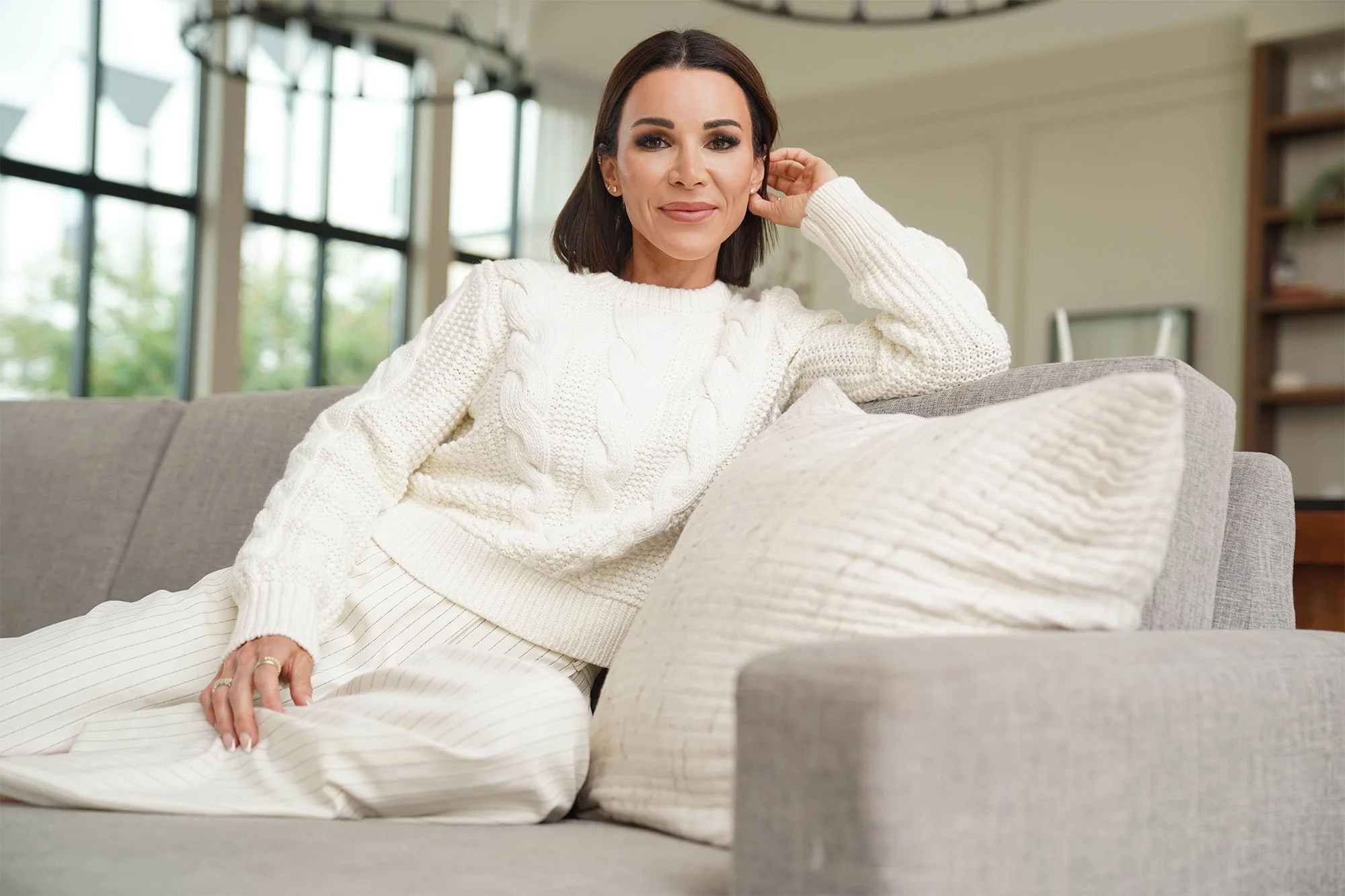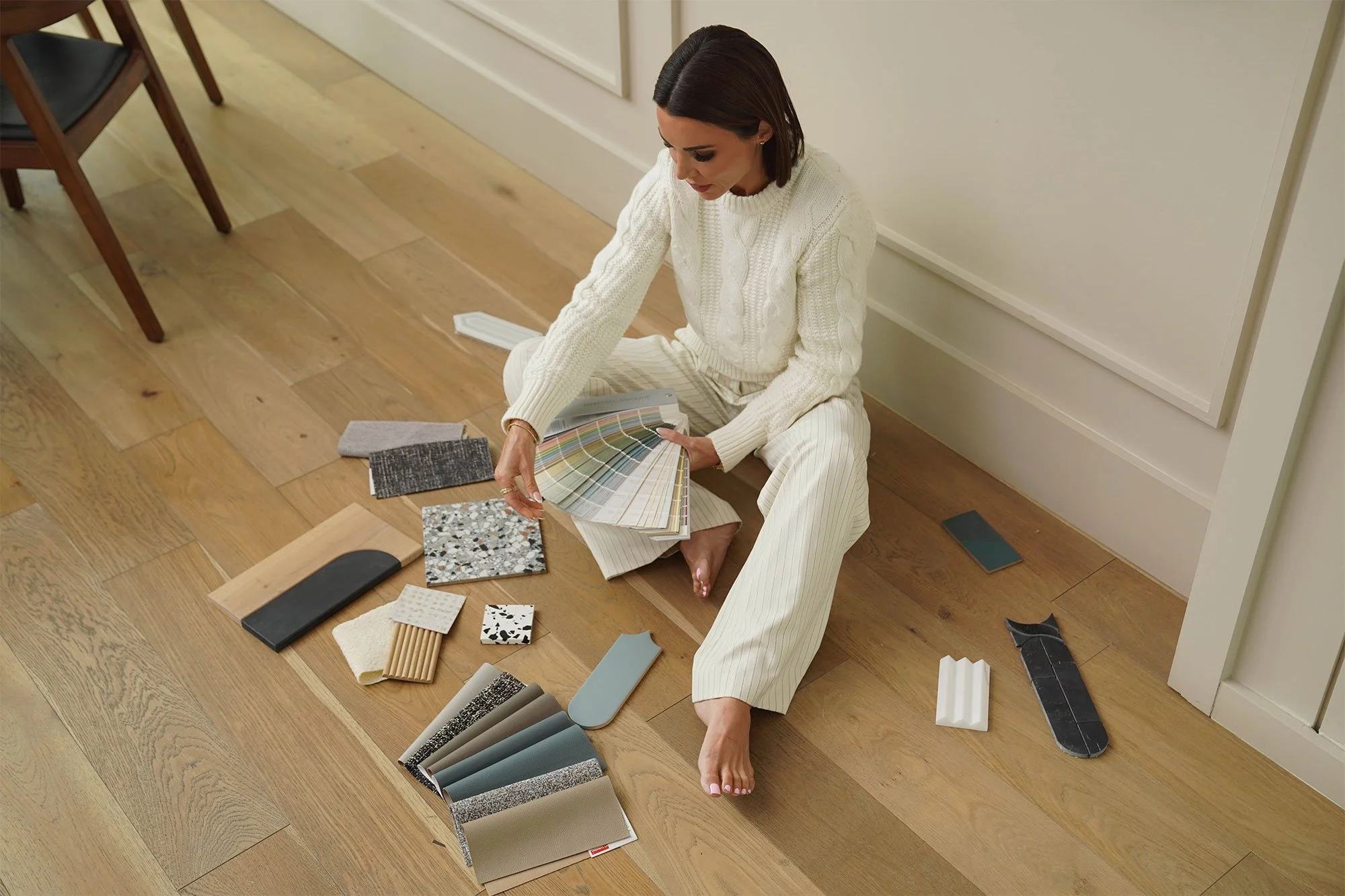Designing for Climate: Why Weather Matters in Multifamily Housing Interiors
In the world of real estate development and commercial property investment, multifamily housing stands as one of the most dynamic, profitable, and increasingly complex asset classes. As developers and investors push toward sustainability, tenant satisfaction, and long-term ROI, one often-overlooked factor is quietly reshaping the way interiors should be designed: climate.
At Maybeck Design, we believe that designing with climate in mind isn’t just smart—it’s essential. Whether you're building a luxury urban tower in Miami, a student housing complex in Seattle, or a workforce apartment building in Phoenix, the regional climate must shape your design decisions. Why? Because weather influences everything—from material performance and energy use to tenant comfort, maintenance cycles, and even your brand reputation.
In this post, we’ll unpack how climate affects multifamily interiors, explore actionable design strategies for different weather conditions, and show why forward-thinking interior design can give your property a competitive edge.
Climate-Informed Design: A Strategic Imperative
Before diving into specifics, let’s consider the big picture: What happens when you ignore climate in interior design?
Increased wear and tear on finishes due to humidity, dryness, or sun exposure.
Higher utility bills due to poor insulation or outdated HVAC decisions.
Lower tenant satisfaction and shorter lease terms.
Frequent repairs and maintenance costs.
Lost design integrity as materials warp, fade, or degrade prematurely.
None of these outcomes are trivial—and all can be mitigated through smart, climate-responsive interior design.
1. How Climate Affects Multifamily Interior Spaces
Let’s break down the key climatic factors that directly influence multifamily housing interiors:
a. Temperature Extremes
In regions with scorching summers or frigid winters, temperature resilience becomes a design priority. For interiors, this affects:
Material selection: Some materials expand, contract, or degrade with temperature swings.
Thermal comfort: Room layouts, shading strategies, and flooring choices can all help stabilize indoor temperatures.
HVAC load: Insulation and finishes can reduce energy demands.
b. Humidity Levels
High humidity (as in the Southeast U.S.) or extreme dryness (think Denver or Las Vegas) can wreak havoc:
Wood swells, warps, or cracks.
Mold risk increases with damp conditions.
Upholstery and finishes degrade faster.
c. Sun Exposure
In sunny climates like Arizona or Southern California, UV rays affect:
Fading of fabrics and finishes.
Thermal gain, requiring energy-efficient window treatments.
Glare control, especially in open floor plans with large windows.
d. Precipitation and Snow
Rain and snow affect entryways, flooring materials, and ventilation. Moisture-resistant flooring, adequate mudrooms, and air filtration are critical.
2. Climate-Responsive Interior Strategies by Region
Here’s how to design more intelligently by accounting for the regional climate of your development.
Warm and Humid Climates (e.g., Miami, New Orleans, Houston)
Key Challenges:
High humidity
Mold and mildew risk
Frequent storms
Salt air exposure (coastal)
Design Strategies:
Use moisture-resistant materials like porcelain tile, quartz countertops, and marine-grade plywood.
Avoid real wood unless properly treated.
Choose mildew-resistant paints and fabrics.
Include dehumidifying systems or design for cross ventilation.
Select UV-stable finishes that won’t fade in intense sun.
Create shaded zones (deep balconies, interior breezeways) that mitigate solar gain.
Specify sealed concrete or luxury vinyl tile (LVT) for lobby and hallway floors—easy to clean and durable in humid environments.
Hot and Dry Climates (e.g., Phoenix, Las Vegas, West Texas)
Key Challenges:
Intense sun and UV exposure
Low humidity
Dust infiltration
Design Strategies:
Use light-colored, reflective finishes to reduce heat gain.
Integrate thermal window treatments and blackout shades to manage sun exposure.
Choose textiles that resist drying and cracking, like performance synthetics.
Consider natural stone or tile flooring, which stays cool underfoot.
Install built-in air filtration systems to manage dust.
Include vestibules at entrances to reduce HVAC loss.
Cold Climates (e.g., Minneapolis, Buffalo, Boston)
Key Challenges:
Long winters
Freeze-thaw cycles
Salt and slush tracking indoors
Design Strategies:
Opt for heated entry flooring in lobbies and mudroom zones.
Use durable, slip-resistant flooring like rubber or textured porcelain.
Design for thermal zoning: keep cold-prone areas compact and well-insulated.
Choose fabrics that offer warmth and texture, like wool blends and velvets.
Provide ample coat and boot storage, especially in units and shared amenities.
Avoid metal surfaces that can feel cold and uninviting.
Wet and Mild Climates (e.g., Seattle, Portland, Vancouver)
Key Challenges:
Constant rain
High moisture indoors
Mold risk
Design Strategies:
Emphasize mudroom transitions—both in-unit and at main entrances.
Include ventilated storage in units and common areas.
Choose mold-resistant paint, grout, and drywall in kitchens and baths.
Avoid carpet in high-traffic areas.
Use sustainable, water-tolerant materials like cork, recycled rubber, or bamboo composites.
Offer heated towel racks and built-in drying systems in bathrooms for added comfort.
3. Climate-Smart Interiors Add to Asset Value
When your interiors work with the local climate rather than against it, the benefits ripple through your entire project:
Lower Operating Costs
Smart design reduces HVAC loads, minimizes repairs, and extends the life of materials.
Stronger Tenant Retention
Comfortable, resilient interiors enhance livability. Tenants stay longer, and satisfaction scores rise.
Higher Rent Premiums
Luxury is more than aesthetics—it's functional performance. Climate-aligned features like radiant floors or solar screens command higher rents.
Faster Lease-Ups
Properties that feel intuitive, comfortable, and regionally “tuned” lease faster than generic, one-size-fits-all builds.
4. Interior Materials: What Works Where
Choosing the right interior materials for multifamily housing isn’t just about aesthetics—it’s about performance, longevity, and how well those materials respond to the surrounding climate. In humid or wet regions, materials like porcelain tile excel because they’re water-resistant, durable, and easy to maintain—making them ideal for entryways, bathrooms, and shared spaces prone to moisture exposure. Quartz surfaces are a versatile option suitable for any climate, thanks to their non-porous nature, resistance to stains, and ability to withstand high temperatures. In areas with strong sun exposure or high humidity, performance upholstery fabrics are essential; they’re engineered to resist fading, mold, and general wear far better than traditional textiles.
For wetter, milder climates, cork flooring offers a sustainable and antimicrobial solution that feels warm underfoot, providing comfort along with practical benefits. In cold or wet environments where expansion and contraction are concerns, composite wood products provide a more stable alternative to solid hardwood, maintaining their appearance and integrity over time.
Finally, regardless of region, low-VOC paintsshould be standard. These contribute to healthier indoor air quality—a crucial factor in multifamily developments where ventilation may vary from unit to unit, and where tenants spend substantial time indoors. Thoughtful material choices that align with local weather conditions reduce long-term maintenance needs and enhance the resident experience, making them a cornerstone of climate-conscious interior design.
5. Beyond Survival: Designing for Experience
At Maybeck Design, we don’t just design to “endure” the climate. We embrace it. Here's how:
Biophilic Elements
In cloudy or rainy climates, add full-spectrum lighting, indoor greenery, and organic materials to mimic the outdoors and boost mood.
Thermal Comfort as Luxury
In cold climates, radiant floors and heated towel racks feel like indulgences but serve functional comfort. In hot zones, cool-touch surfaces and optimized airflow enhance the tenant experience.
Local Sourcing
Using materials from the local region reduces carbon footprint and often ensures better compatibility with the climate. It also adds authenticity to the design.
Smart Tech Integration
Climate-controlled zones, humidity sensors, and automated shading improve both energy efficiency and user experience.
Conclusion: Weather Isn’t an Obstacle—It’s a Design Asset
Climate-responsive design is no longer optional—it’s the standard for successful multifamily housing development. At Maybeck Design, we specialize in creating interiors that not only withstand the elements but enhance the living experience through every season. When you design with climate in mind, you unlock:
Lower lifetime costs
Improved tenant retention
Higher perceived quality
Faster ROI
In short, weather-aware interiors aren’t just more livable—they’re more valuable.
If you're planning a multifamily development and want to integrate climate-resilient design from the start, Maybeck Design is ready to help. Our team combines aesthetic intelligence with environmental strategy to create spaces that thrive—rain or shine, heatwave or snowstorm.
Let’s Design for the Climate—Together.
📞 Contact Maybeck Design today for a consultation, or browse our portfolio to see how we’re shaping the future of multifamily interiors—one climate at a time.


